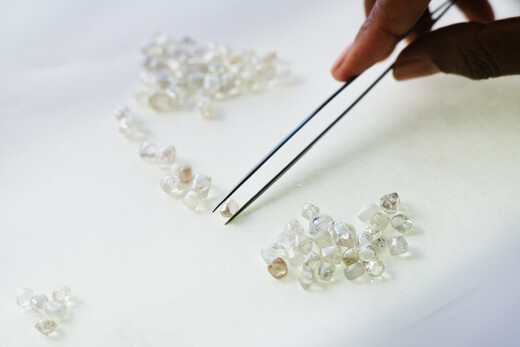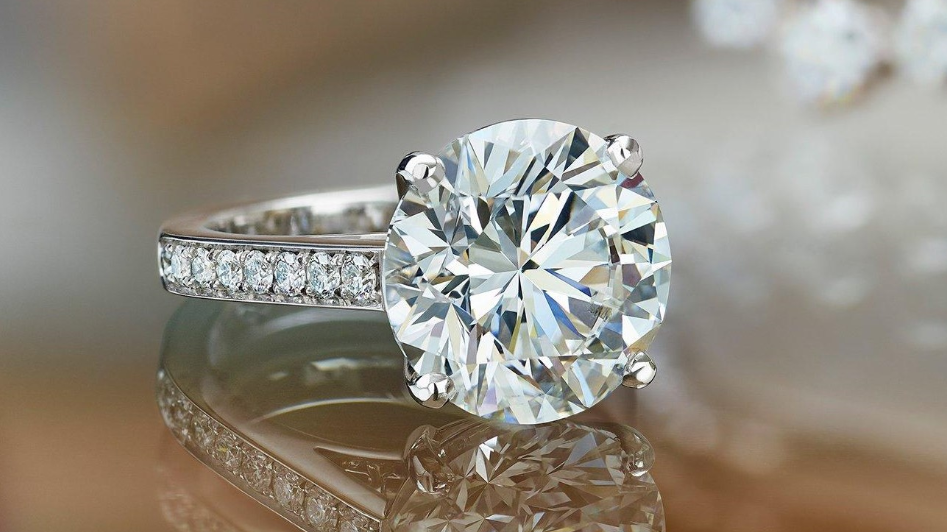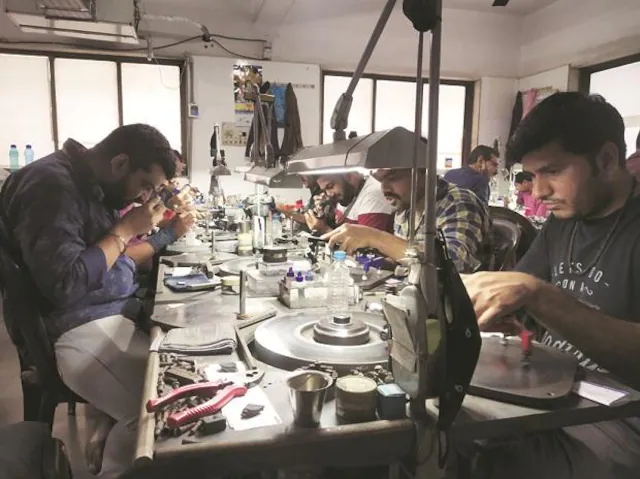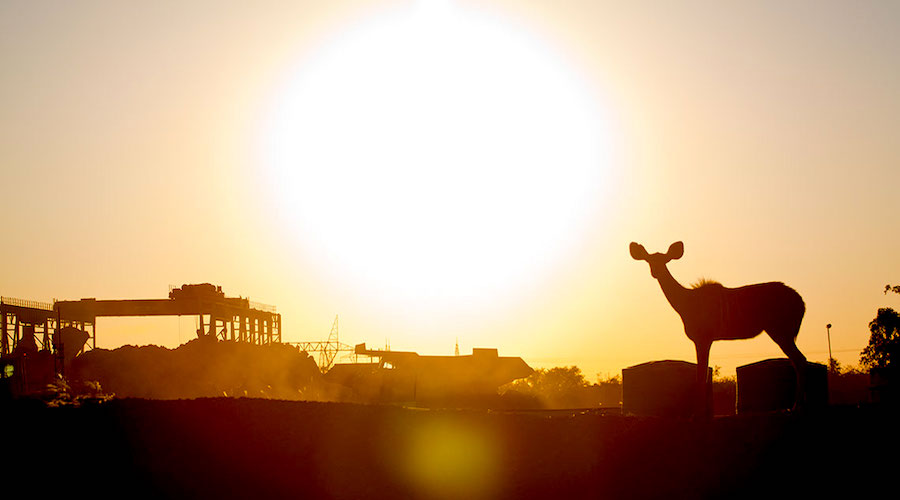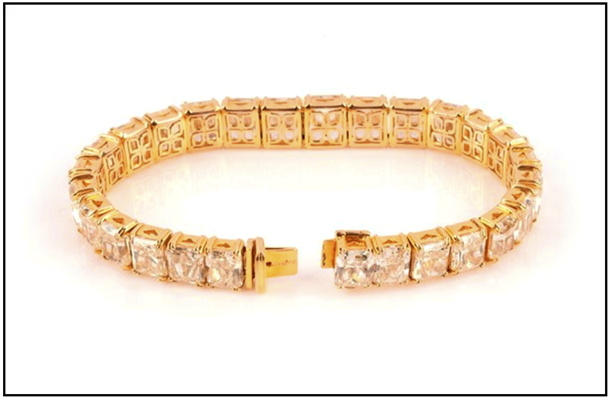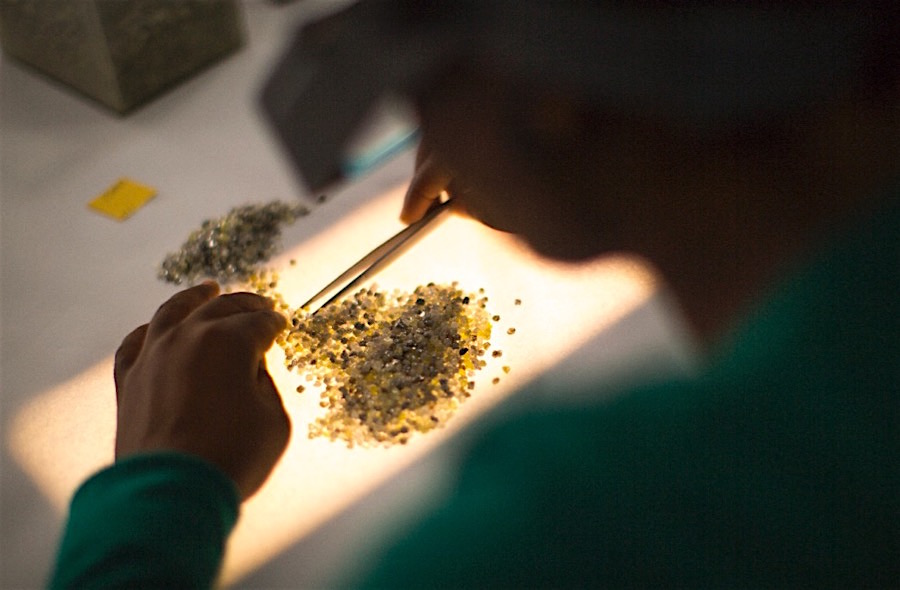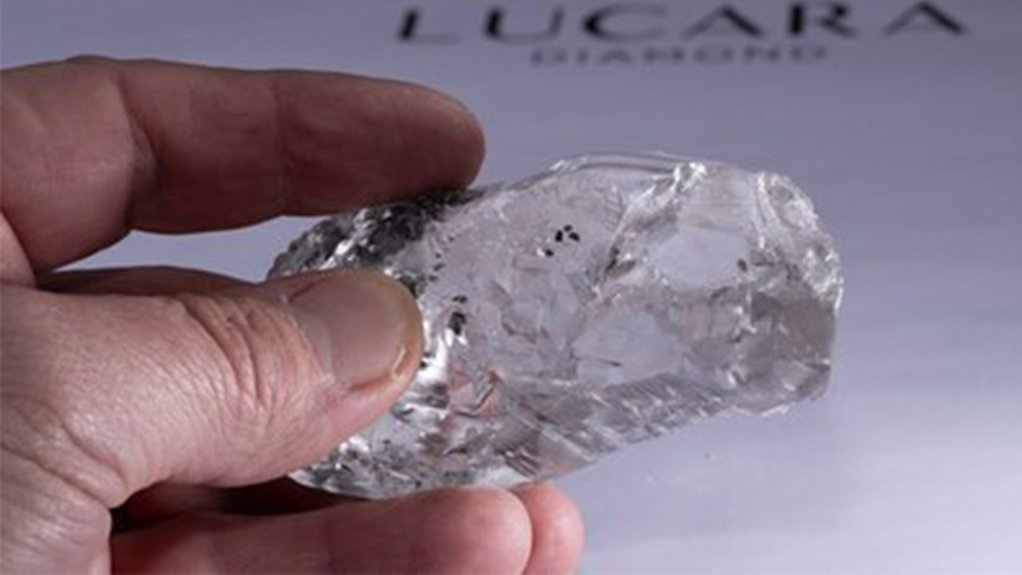
Diamond miner Lucara Diamond Corp has sold the 549 ct Sethunya and the 1 080 ct Eva Star diamonds, recovered at its Karowe mine, in Botswana, for $54-million.
The Sethunya, recovered in 2021, and the Eva Star, discovered in 2023, showcase the remarkable quality and size of diamonds consistently produced from the South Lobe of the Karowe kimberlite. These exceptional stones underscore Karowe’s position as one of the world’s most prolific sources of large, high-value diamonds, Lucara states.
“The sale of these two extraordinary diamonds further validates our investment in the Karowe underground project. The unique characteristics of Karowe’s kimberlite, particularly in the South Lobe, continue to amaze us with its ability to produce diamonds of exceptional size and quality. The mineralogy we’re seeing is truly unprecedented in the industry, consistently delivering Type IIa diamonds of remarkable clarity and size,” adds president and CEO William Lamb.
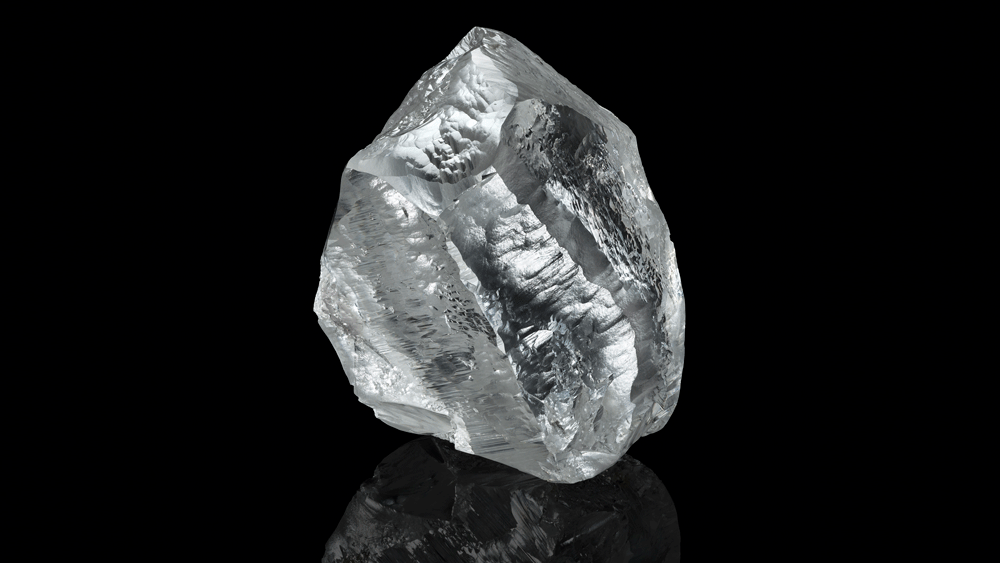
The Karowe mine has yielded some of the world’s largest diamonds, including the 1 758 ct Sewelô, recovered in 2019; a 1 174 ct diamond recovered in 2021; and the 1 109 ct Lesedi La Rona, recovered in 2015.
The 1 080 ct Eva Star diamond was the fourth diamond weighing more than 1 000 ct to be recovered at the mine.
This was followed by the recovery of the 2 492 ct Motswedi diamond in August last year and the 1 094 ct Seriti diamond in September last year.
The 2 492 ct Motswedi is the second-largest diamond ever to be recovered, with the largest being the 3 106 ct Cullinan diamond recovered in South Africa in 1905.
The Karowe underground expansion project will extend the mine’s life beyond 2040 and has been designed to access the parts of the South lobe at depth where the EMPKS ore type is prevalent.
Production at the underground mine is scheduled to start in the first half of 2028.
Source: miningweekly.com

